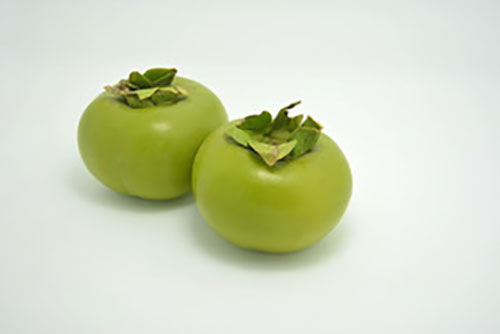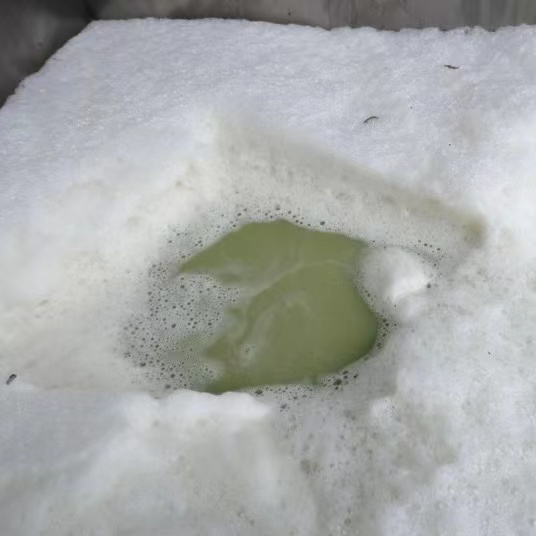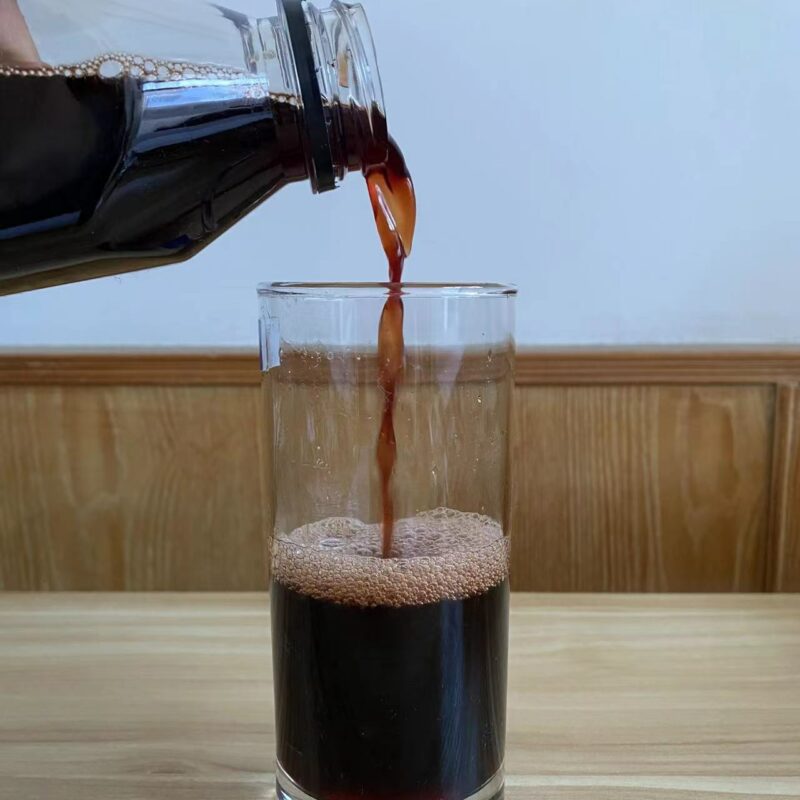Blog
Chinese paper umbrella rainproof coating – persimmon lacquer
Chinese paper umbrella rainproof coating – persimmon lacquer
Definition of Persimmon Paint
Persimmon lacquer, also known as persimmon astringent, persimmon oil and persimmon gum, is a brown colored liquid made from the fermentation of persimmon fruit juice, which contains a large amount of tannins and has a characteristic odor due to the volatile organic acids produced during the fermentation process. Persimmon lacquer is defined as “the juice leached from crushed persimmons” in the Revised Chinese Lexicon. It is called “persimmon lacquer” because it can be applied on objects to prevent corrosion and protect them from moisture. In Zhong Hua Ben Cao, it is defined as follows: “Pluck the unripe fruit, pound it, put it in a jar, add clear water, stir it, and let it dry, remove the residue and leave the gelatinous liquid, which is called persimmon lacquer.
Raw materials for persimmon lacquer
Persimmon lacquer production basically uses only the fruit of the persimmon one In some regions, clear water is added during the production process. There are no clear restrictions or regulations on the types of persimmons used for making persimmon lacquer, and most of them are small, tannin-rich persimmons. The persimmons are picked in late summer and early autumn, before they are ripe.
The persimmon tree is a traditional economic crop in China, with a long history of cultivation and a wide range of cultivation areas throughout the country. Persimmon kernels have been unearthed at sites dating back 10,000 years, proving that the fruit was already collected and used in the wild, and by the Qin and Han dynasties there are records of its cultivation. This native and widespread crop has developed a series of uses in the course of the Chinese civilization, and the persimmon fruit can be used not only for direct consumption but also for making persimmon cakes and juice. Persimmon lacquer is one of the products that have been developed during the long history of persimmon cultivation
ingredients of Persimmon lacquer
Tannin: Tannins are a class of polyphenolic compounds characterized by a large number of phenolic hydroxyl groups in the molecule, which easily bind with proteins to form insoluble compounds. The source of the astringent taste of persimmons is persimmon tannin, which reacts with the proteins in saliva to paralyze the taste bud cells, resulting in the unique taste sensation of astringency. Persimmons contain more than 10 times the amount of tannins compared to other fruits, and are condensed tannins with a stronger nectar. Also, the tannins in persimmons are among the largest in molecular weight and therefore bind proteins more rapidly and strongly. Therefore, both China and Japan have been conducting research on persimmon tannin as an antidote to snake venom. Therefore, studies have been conducted in both China and Japan to extract high purity persimmon monensin to absorb the venomous proteins of snake venom by injection. Most of the properties of persimmon lacquer described in this article are based on the principle of reaction between tannins and proteins.
Volatile organic acids:During the alcoholic fermentation of persimmon lacquer, the sugars in the fruit are converted into volatile organic acids. According to the composition analysis in the book “Persimmon Astringency”, acetic acid accounts for more than 70% of the volatile organic acids in persimmon lacquer, as well as organic acids such as propionic acid, tyrosine and valerianic acid. Therefore, reducing the content of organic acids in fermented persimmon lacquer is an important way to reduce the odor of persimmon lacquer and to broaden its usability and applicability.
During the production of persimmon lacquer, volatile acids and water evaporation cause the formation of red-brown lacquer films insoluble in water and alcohol.



